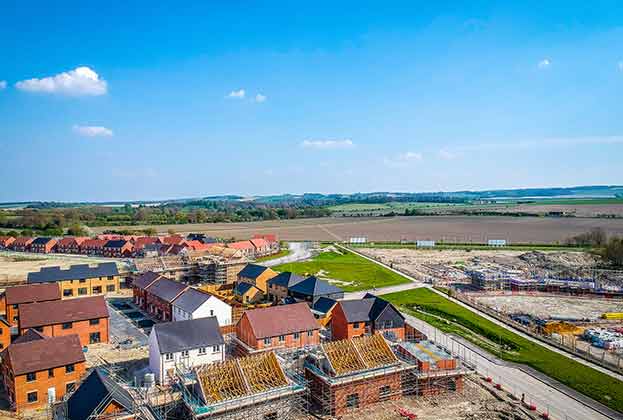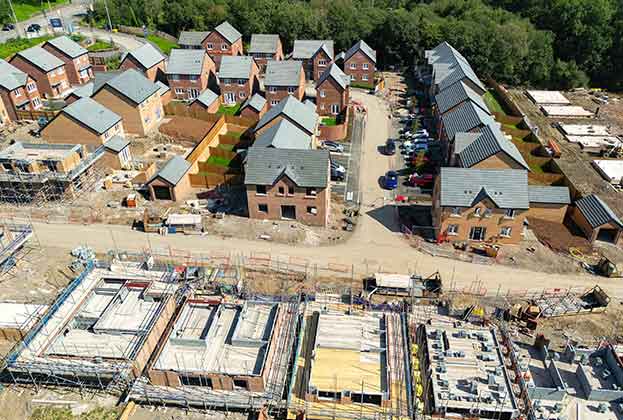Part O of the Building Regulations 2010 came into force a year ago on 15 June 2022. Intended to reduce the risk of overheating in new build developments, it was one of the interim steps brought in by the Government ahead of the Future Homes Standard becoming mandatory in 2025. Now, 12 months on, we consider its impact on the design of, and planning applications for, new residential development.
How is Part O impacting design?
Most residential development schemes subject to a building notice or full planning application since 15 June 2022 will have had to consider the stipulations within the design process. To ensure compliance, the following amendments may be required:
- Changes to the extent of the openable area of windows
- Changes to the size or quantity of windows
- Internal changes to layout to allow for cross ventilation
- Specification of solar control glass that will reduce the solar gains introduced inside a space
- External shading devices such as external shutters or overhangs
- Mechanical ventilation systems
- Acoustically attenuated panels
However, as explored here, its application isn’t always straightforward.
Changes to windows, for example, can lead to internal noise levels being above accepted guidelines, potentially significantly affecting residents’ health and wellbeing. This is most common in noisy areas, for example close to a strategic road network. Where noise may be an issue, it is necessary to explore all available passive design measures in order to address issues of overheating with cooling being the last available measure and only where a viable solution cannot be found using any of the above.
What are the implications for planning applications?
Whilst there is no requirement to demonstrate compliance with Building Regulations as part of a planning application, given the extent to which they can impact the design of schemes, it is really important that applicants consider the implications of Part O early on in the process.
If the changes have not been considered as part of a planning application, it may be necessary to submit a non-material amendment application, or where the changes required are more significant, a Section 73 application to vary the approved drawings. At this point, new policy considerations may need to be taken into account too. All this can increase the risk of time delays, additional expense and the requirement for additional changes.
The requirements brought in by Part O are here to stay and are ultimately of great benefit to the health and wellbeing of future occupiers. The last 12 months have shown us that early consideration – perhaps as early as RIBA Stage 1 or 2 – is key to success.
Further information
Contact Rebecca Bacon or Alexandros Chalkias




.jpg)


.jpg)

.jpg)
